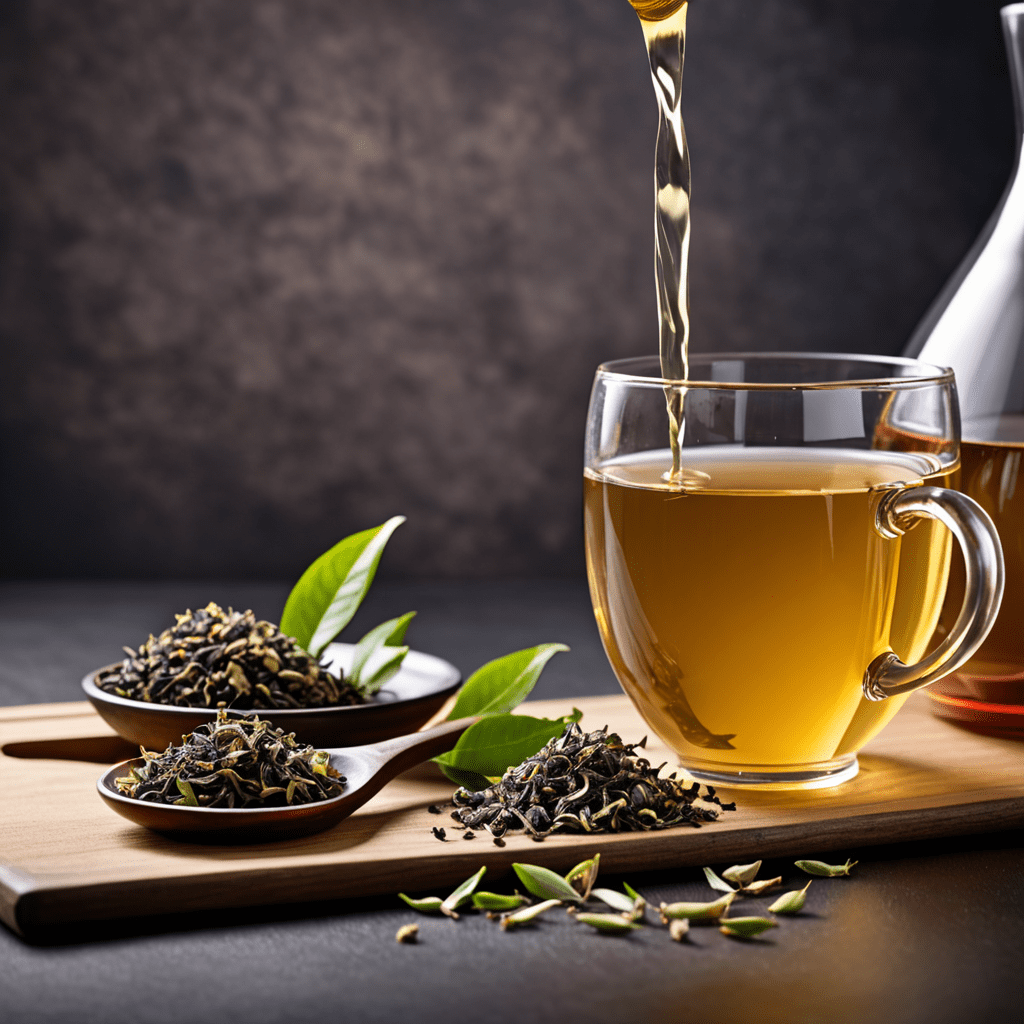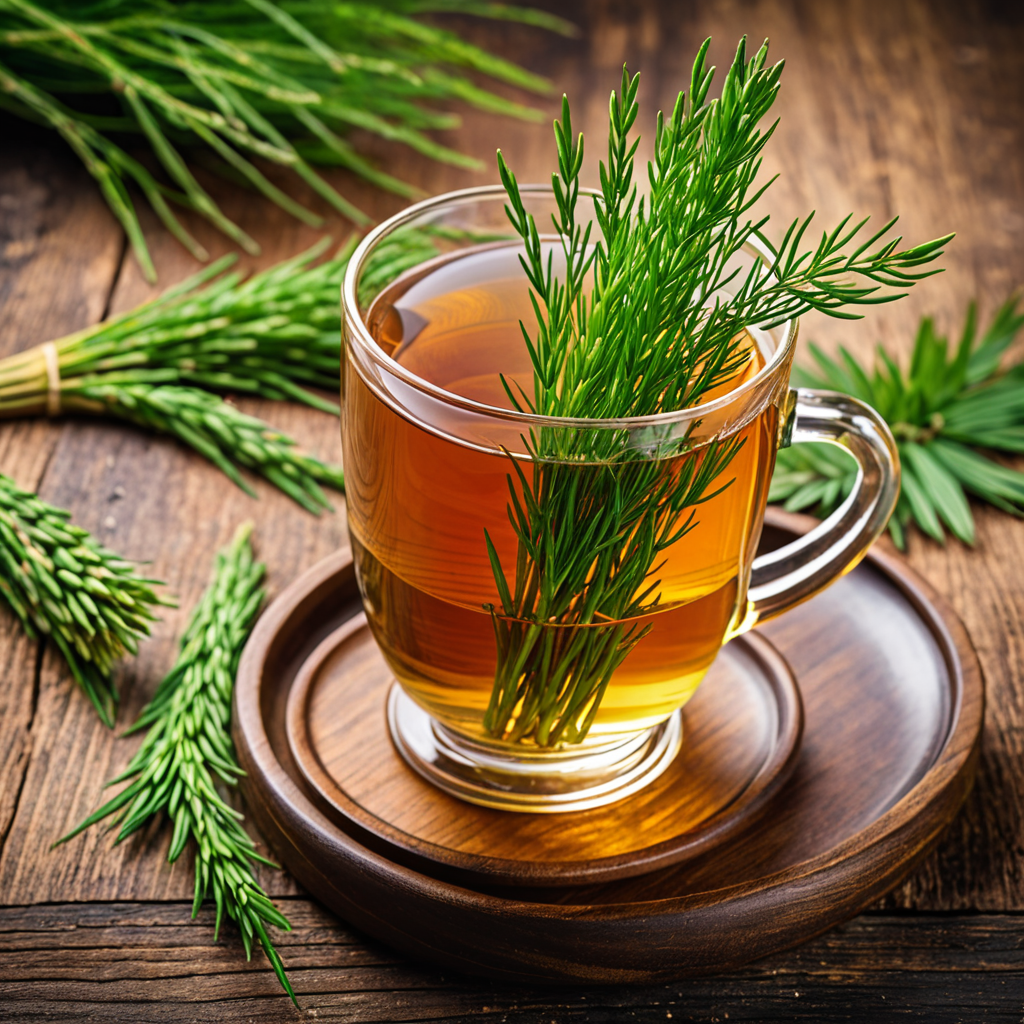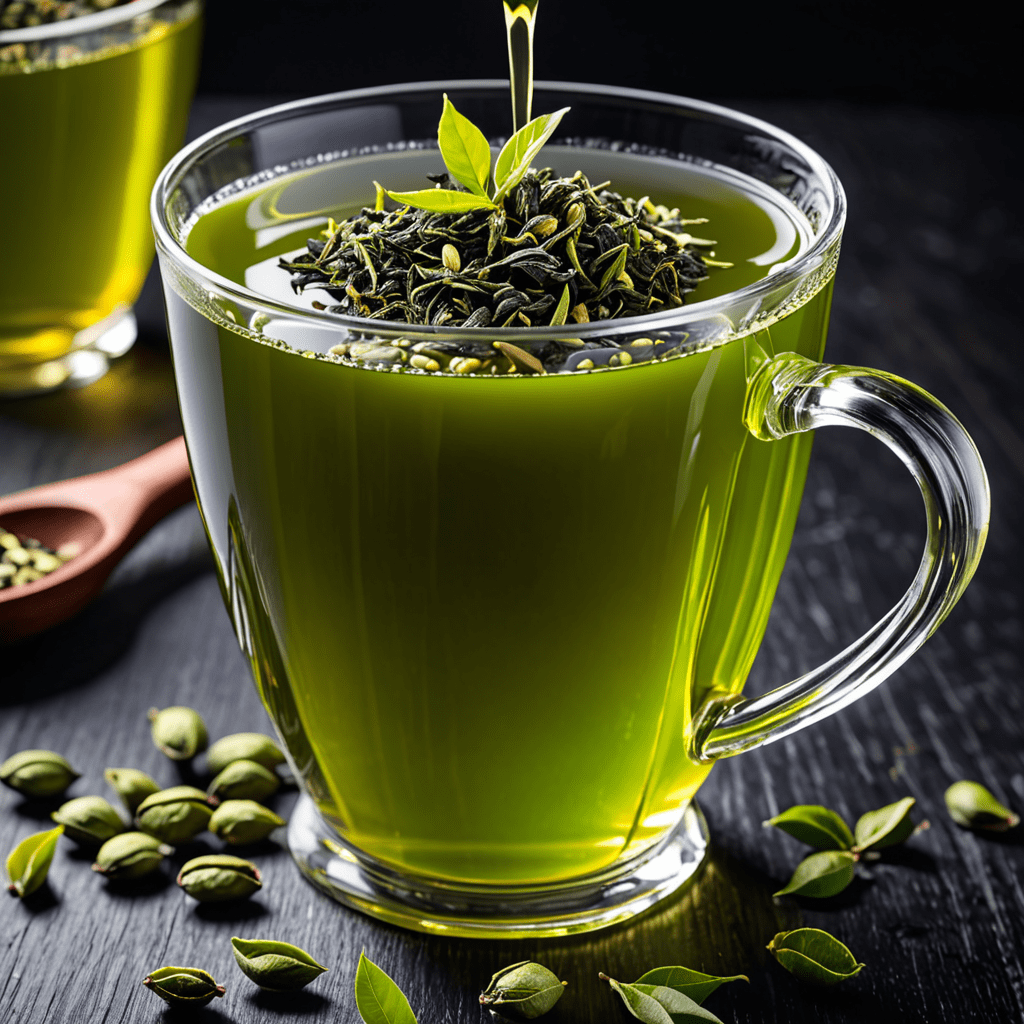White Tea: A Glimpse into Tea Culture
Tea culture is a rich tapestry woven with history, tradition, and a delightful array of flavors. One particularly fascinating thread in this tapestry is white tea. Originating from China, white tea has gained popularity worldwide not just for its exquisite taste, but also for its potential health benefits. In this blog post, we’ll delve into the world of white tea, exploring its origins, production, types, and its place in tea culture.
The Origins of White Tea
White tea’s roots trace back to the Fujian province of China, where it has been cultivated for centuries. Legends shroud its origins, with some stories dating it back to the Song Dynasty (960-1279 AD). It was traditionally reserved for Chinese royalty and was a prized tribute in imperial courts. The delicate nature of white tea, along with the laborious plucking process, contributed to its exclusivity and mystique.
Production Process
White tea is harvested from the young leaves and unopened buds of the Camellia sinensis plant. Unlike other types of tea, white tea undergoes minimal processing. After plucking, the leaves are withered and dried, allowing for natural oxidation. This gentle process helps preserve the plant’s natural properties and imparts a delicate flavor, often described as light, sweet, and floral.
Types of White Tea
There are several varieties of white tea, each with its unique characteristics. Silver Needle, also known as Baihao Yinzhen, is among the most prized white teas, made solely from the buds of the tea plant. Another type, White Peony (Bai Mudan), includes both buds and leaves, resulting in a slightly stronger flavor. Other varieties, such as Long Life Eyebrow and Tribute Eyebrow, offer diverse tasting experiences for tea enthusiasts.
Health Benefits
Besides its delicate flavor, white tea is celebrated for its potential health benefits. Rich in antioxidants, it may aid in promoting cardiovascular health, supporting healthy aging, and boosting the immune system. Its minimal processing helps retain high levels of polyphenols and catechins, making it a popular choice for those seeking a healthful beverage.
White Tea in Global Tea Culture
White tea’s journey from an exclusive delicacy to a global phenomenon mirrors the evolving landscape of tea culture. It has found its place in modern wellness practices and is cherished by individuals seeking a mindful, rewarding tea-drinking experience. The growing interest in artisanal teas and traditional brewing methods has further elevated the status of white tea within the broader tea community.
Conclusion
White tea, with its delicate flavor, rich history, and potential health benefits, offers a captivating glimpse into the diverse world of tea culture. As the interest in specialty teas continues to flourish, white tea stands as a testament to the time-honored traditions and enduring appeal of this beloved beverage.



